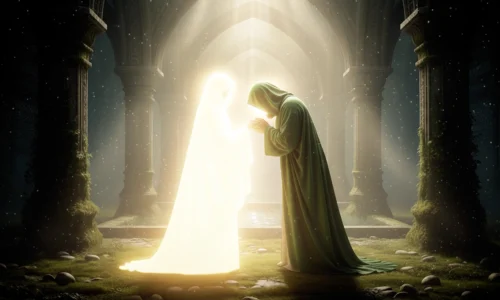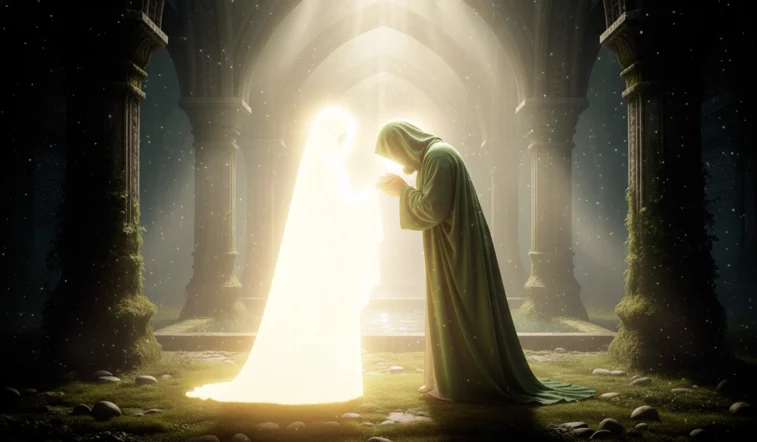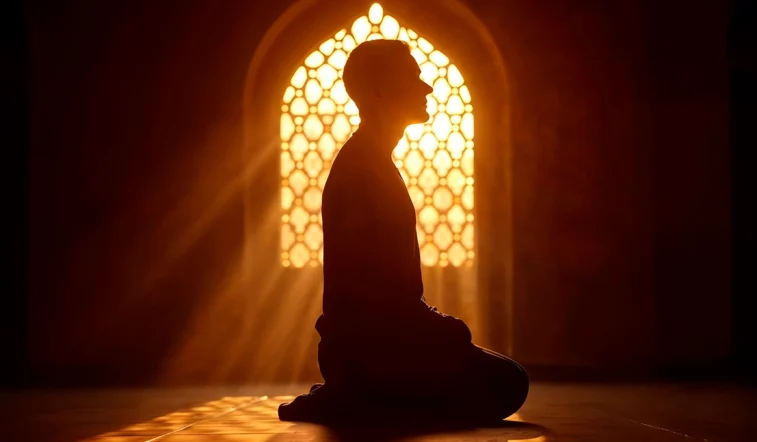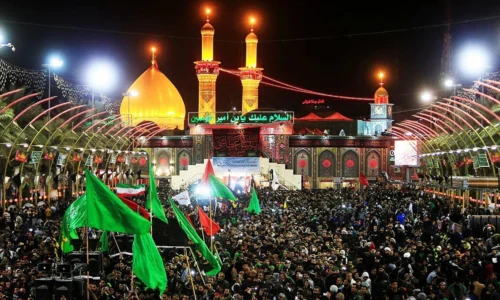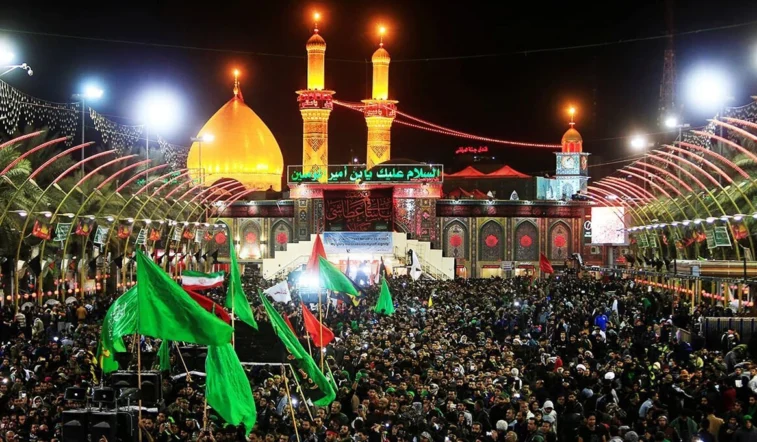Raising Hopeful Hearts Connected to the Awaited Savior
One of the most beautiful gifts you can give your child is not just knowledge — but hope rooted in faith. In a world of confusion, injustice, and spiritual distractions, the concept of Imam al-Mahdi (AS) — the 12th Imam, the promised savior — offers children a powerful symbol of mercy, truth, and divine leadership.
But how do we teach children about someone who is alive, yet hidden? How do we help them feel close to the Imam without turning it into a confusing or abstract idea? Here is a simple and heartfelt guide to introducing your children to Imam Mahdi, nurturing love, understanding, and spiritual connection in a way they can carry through their entire lives.

1. Start With Love, Not Fear
Before explaining details, emphasize this core message:
“Imam Mahdi loves you. He cares about every child. He prays for us and wants a beautiful world for everyone.”
Children should first understand that the Imam is not someone to be afraid of or only linked to “end times,” but rather someone who:
- Cares about fairness
- Wants peace and kindness
- Is waiting for good people to help him build a better world
This emotional bond — built on love — makes every later lesson more meaningful.
2. Tell Stories, Not Lectures
Children remember stories more than facts. Use age-appropriate storytelling to share:
- His birth in Samarra
- His protection by Allah during the time of tyrants
- Stories of people who saw or were helped by the Imam
- His mission to end oppression and build a just society
You can say:
“A long time ago, Allah sent 12 special leaders to guide us. The last one, Imam Mahdi, is still alive. But because the world wasn’t ready, Allah asked him to hide for a while — and return when people ask for goodness again.”
Keep it simple, vivid, and filled with wonder.
3. Make It Personal: ‘He’s Your Imam Too’
Teach your children that Imam Mahdi is not only for scholars or adults — he is their Imam too. Use sentences like:
- “He listens to your duʿās.”
- “He smiles when you’re kind to your siblings.”
- “He loves when you give charity or pray.”
- “If you miss him and whisper his name, he hears you.”
This builds a personal spiritual friendship with the Imam — something that can grow with them for life.
4. Create Rituals of Remembrance
Help children feel connected through small, regular practices:
- Recite Duʿā’ al-Faraj together as a family after prayer
- Light a candle on Thursday night and say, “This is for Imam Mahdi”
- Say Salām to the Imam every morning (“Peace be upon you, O Imam of our time”)
- Make a special prayer corner with his name or a symbolic image (like a globe, candle, or white flag)
These little habits become powerful emotional and spiritual anchors.
5. Use Creative Expression
Children understand through imagination and play. You can:
- Ask them to draw a world full of peace as they imagine Mahdi’s time
- Help them write a letter to Imam Mahdi, telling him what they hope for
- Encourage them to act out a kind deed and say “I did this for Imam Mahdi”
- Use crafts or coloring pages to keep his memory alive
When children create with meaning, the ideas stay with them longer.
6. Lead by Example: Live What You Teach
Your actions are the greatest lesson your children will ever learn. If they see you:
- Making time for duʿā’
- Speaking about the Imam with love
- Serving others and saying “This is what Mahdi wants from us”
- Avoiding sin and saying, “Would the Imam be happy with this?”
They will grow up associating Imam Mahdi with positive, living values — not just names in a book.
7. Connect His Mission to Real-Life Events
When your child sees injustice or sadness on the news, you can gently explain:
“This is why we need Imam Mahdi. He will bring justice to people who suffer.”
This helps them understand why he matters. It makes his reappearance a living hope — not a faraway myth.
You can also teach them to pray for the oppressed and say, “Ya Mahdi, please come soon.”
8. Encourage Them to Pray for His Reappearance
End your day with this simple prayer:
“O Allah, please protect our Imam. Please send him to us soon. Let us be ready for him.”
Over time, this prayer becomes part of their heart. It teaches that they are part of something sacred and global — a community waiting for truth, mercy, and guidance.
Final Words: A Bond That Can Last a Lifetime
Teaching your children about Imam Mahdi isn’t about giving them facts — it’s about building a relationship.
It’s helping them:
- Feel seen and cared for by a hidden leader
- Know that the world has a future full of hope
- Believe that their good actions help prepare for something bigger
- Grow up with spiritual purpose and dignity
As they grow, so will their understanding — from stories to knowledge, from innocence to action.“Peace be upon you, O Imam of mercy and justice. We remember you with our hearts, and we raise our children to love you.”
